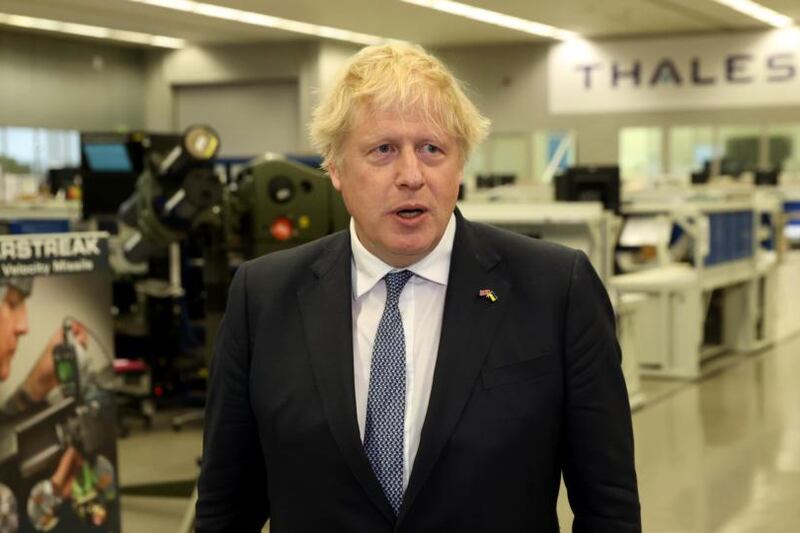Lorry freight traffic on ferries with British ports dropped 22 per cent last year due to new post-Brexit checks on EU-UK trade, a report from the Irish Maritime Development Office has found.
The Government agency that promotes Irish shipping services said that a combination of a rebound in demand in port traffic as Covid-19 restrictions were eased and new post-Brexit border controls led to a year of “significant change” in roll-on, roll-off (ro-ro) lorry freight traffic.
Traffic on direct routes between Irish ports and mainland Europe rose 94 per cent last year, driven largely by reduced use of the "landbridge" route across Britain with continental Europe.
New border checks on trade between Ireland and Britain as Brexit came into effect led to "unprecedented increases" in ro-ro and container shipping volumes on direct routes with Europe.
The post-Brexit border controls on Irish-British trade through ports in the Republic led to the redirection of Northern Irish traffic from ports in the Republic to Belfast, Larne and Warrenpoint.
There was a 12 per cent rise in ro-ro volumes, about 100,000 units, through the three ports as traders "transferred significant volumes" away from the Republic, mostly Dublin Port, which was popular for traders in the North accessing the English midlands and southeast England.
Two-thirds of the additional ro-ro freight through Northern Irish ports went through Belfast.
Goods moving from Northern Ireland to Britain are not subjected to the same checks and border controls on products moving from ports in the Republic to ports in Britain.
Direct lorry freight traffic with continental Europe has grown significantly, representing a third of all ro-ro volumes through ports in the Republic, compared with 17 per cent in recent years.
Lift-on, lift-off (lo-lo) container freight, most of which moves on direct routes to mainland Europe, increased to record levels, growing by 11 per cent over the course of last year.
Overall, road freight volumes declined by 3 per cent to 1.15 million units in 2021, the lowest annual volume since 2017. This was the first annual decline in ro-ro traffic since 2012.
Last year’s decrease was due to significant advance stockpiling of goods in the final three months of 2020 ahead of Brexit checks on Irish-British trade coming into force at the start of last year and as a result of severe restrictions on trade and shipping caused by the Covid-19 pandemic.
Surge in traffic
The IMDO figures show a surge in traffic through Rosslare Europort as the southeastern port benefited from new direct routes with continental Europe that bypassed post-Brexit Britain.
Volumes rose by 49 per cent, or just over 60,000 units year on year, to 183,000 units, the largest annual total for the Iarnród Éireann-operated port recorded by the IMDO.
Rosslare was the biggest beneficiary of the post-Brexit regulatory world with the port representing about 14 per cent of all direct ro-ro traffic between the Republic and mainland Europe but capturing half of the additional EU traffic handled last year.
The number of weekly sailings between Irish and mainland Europe ports rose from 30 sailings per week to more than 60 sailings at different points during the year.
“There are now six shipping companies offering 13 different direct ro-ro services to mainland EU ports, increasing capacity in what is a dynamic and competitive market,” the IMDO said.
Ro-ro traffic with Britain fell by 34 per cent at Rosslare and 21 per cent at Dublin Port during 2021 with, overall, 219,000 fewer freight units moving between the Republic and Britain.
Liam Lacey, director of the IMDO, said that demand for Irish shipping is expected to rise this year “as the effects of Covid-19 dissipate and the period of greatest Brexit-related uncertainty passes”.





